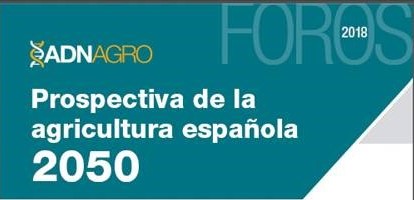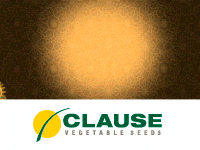Cajamar Caja Rural calls the forum “Prospective of Spanish agriculture 2050”
Cajamar Caja Rural gathers in the forum “Prospective of Spanish agriculture 2050” a group of experts to reflect, analyze and discuss some crucial issues for the future development of the agricultural sector; and collaborate in the design of necessary actions that contribute to redraw the role of our agriculture in the medium term, so that it can reach 2050 in the best conditions of competitiveness, quality and food security.
According to the United Nations Food and Agriculture Organization (FAO), the agri-food sector must face an unprecedented global challenge in the coming years. In the year 2050 the world population will have grown by 2.300 million people, 50% more, so it will be necessary to produce 70% more food in the next 30 years. At the same time, it will be necessary to continue combating hunger and poverty in the world, to use scarce natural resources more efficiently and to adapt to climate change.
Growth in food demand
The ONU foresees that the demand for food will continue to grow as a result of the demographic increase and the increase in income. For example, it estimates that the demand for cereals (such as food and feed for animals) will reach 3,000 million tons by 2050. Therefore, annual cereal production will have to grow by almost 1,000 million tons, when today it is 2,100 tons. millions. While meat production must increase by more than 200 million tons, to reach 470 million in 2050, 72% of which will be for consumption in developing countries, which today consume 58%.
In addition, according to the latest calculations of the UN, during this period almost all the population increase will take place in developing countries. Thus, the fastest population growth will be in sub-Saharan Africa -108%, with 910 million people-, while the slowest growth will occur in East Asia and Southeast Asia -11%, with 228 million of people-.
About 70% of the world’s population will live in cities or urban areas by 2050, compared to 49% today.
In short, all these factors will result in a need for the growth of agricultural production through increased yields and intensification of crops, and it will be essential that the global agri-food sector, in general, and Spanish, in particular, elevate their productivities with the use of new technologies (automation, biotechnology, sensors, artificial intelligence, etc.) and are able to adapt to new marketing channels and more specialized markets to satisfy an increasingly demanding consumer in a plagued environment of present and future challenges such as climate change and its consequences, such as the increase in temperature and competition for water; globalization, with the creation of new economic powers and the growing development of new markets, and the need to resize and modernize agricultural companies with a relevant factor against such as the limited generational change.








